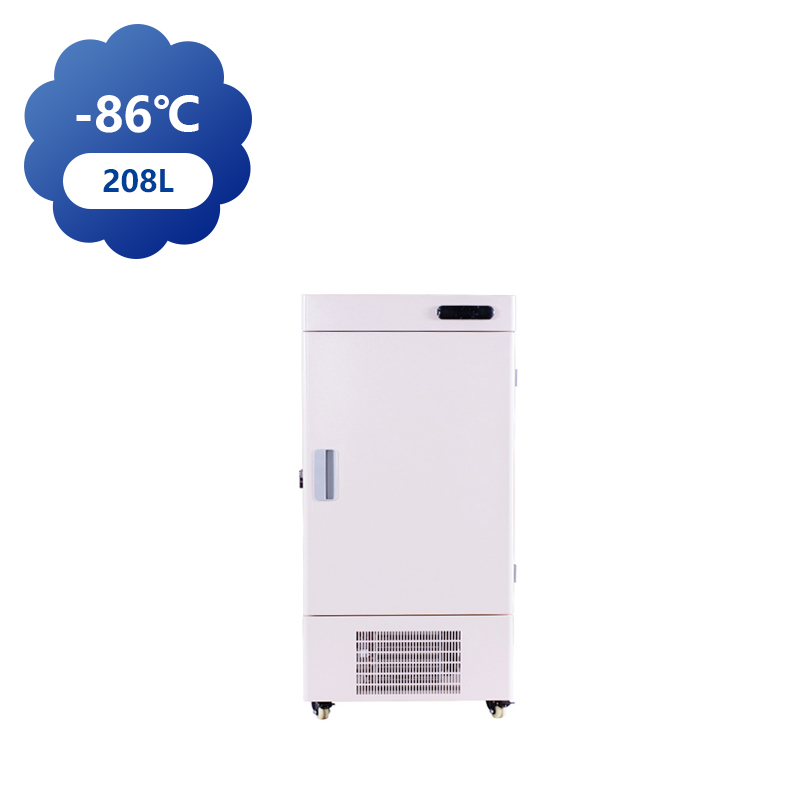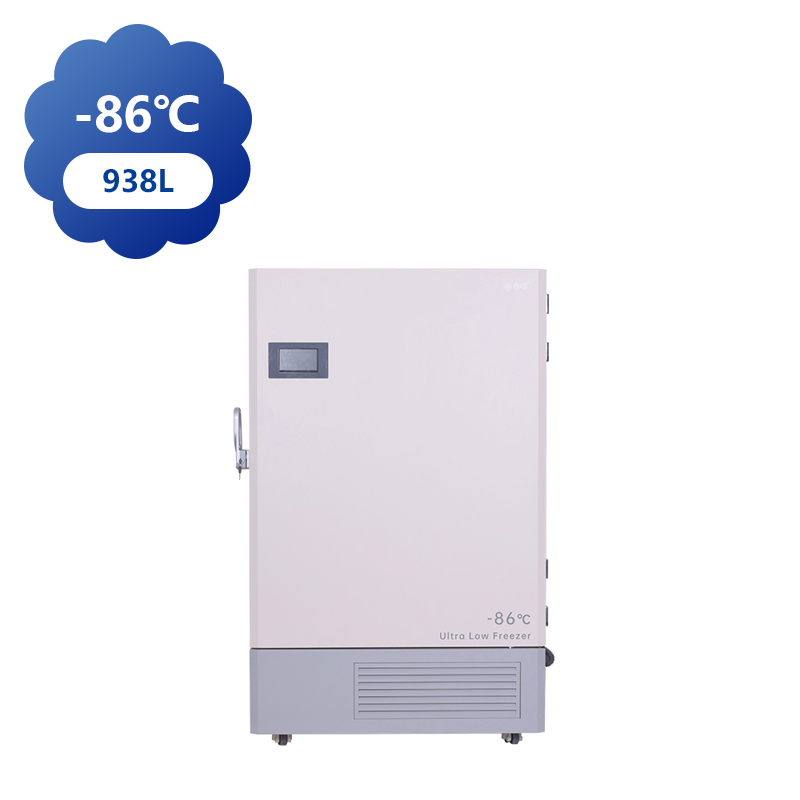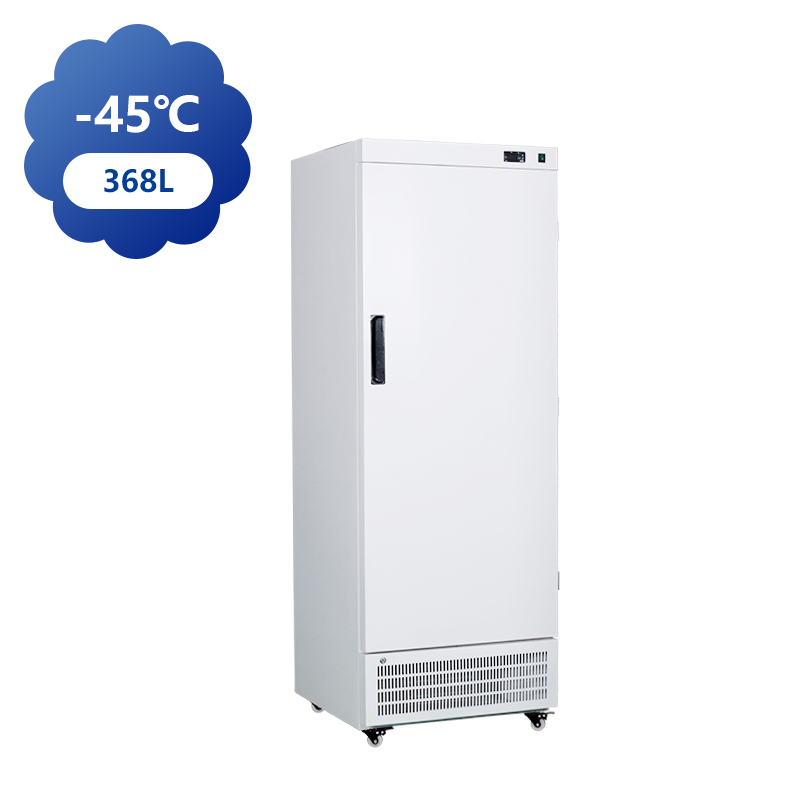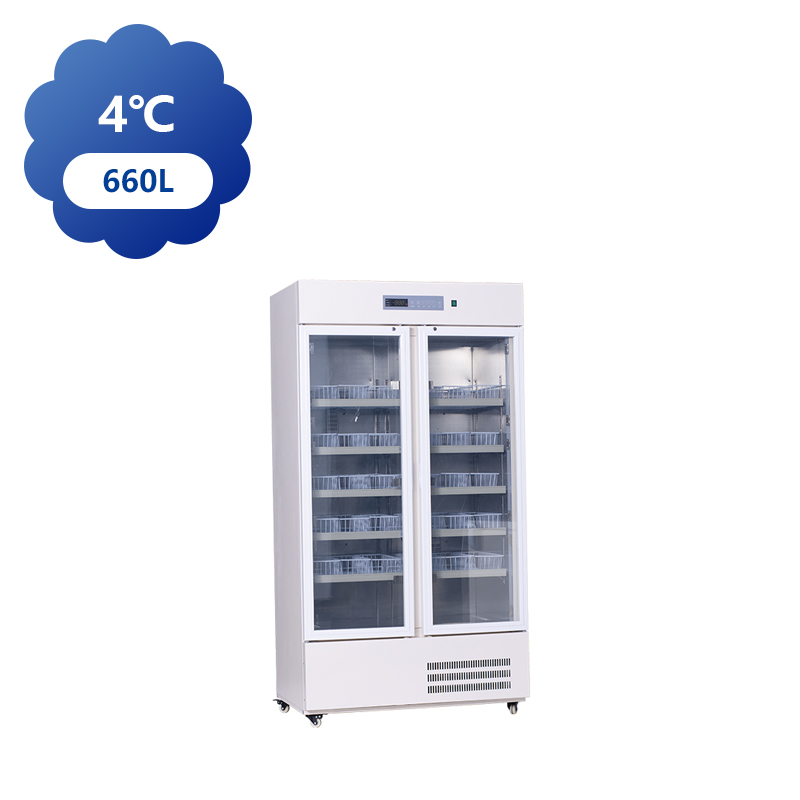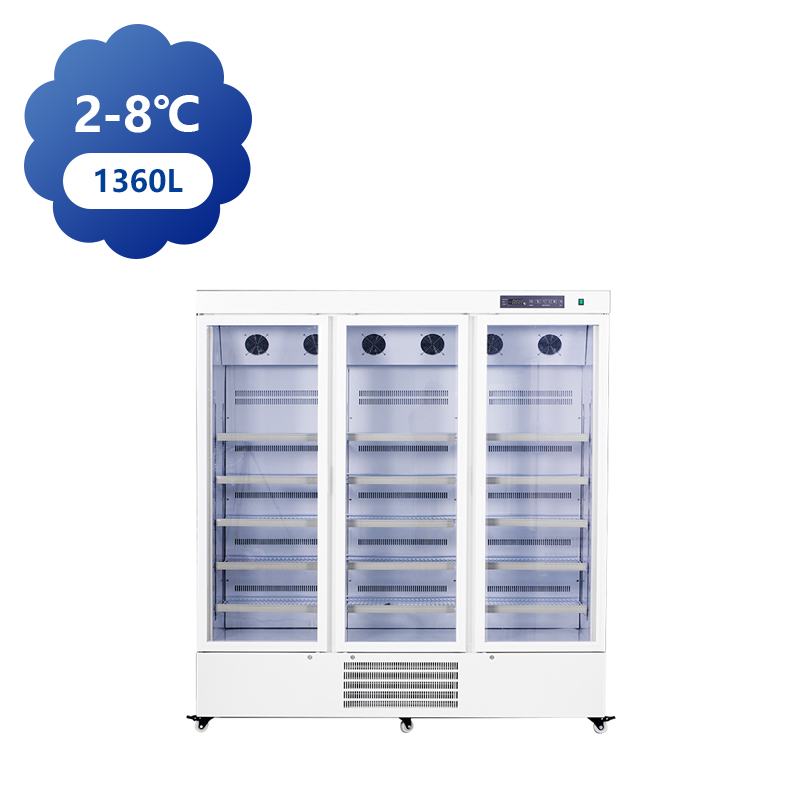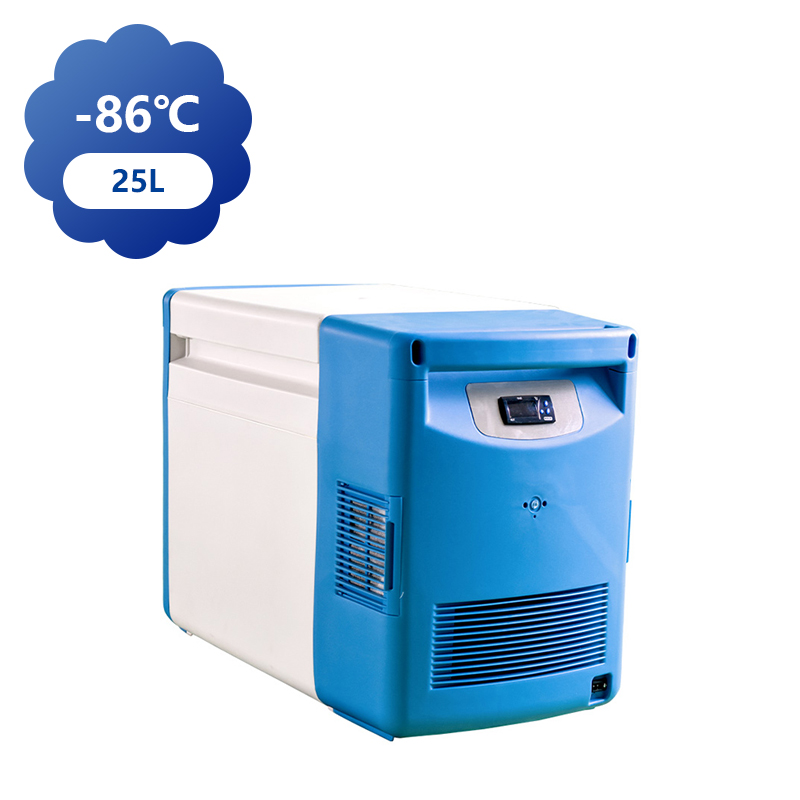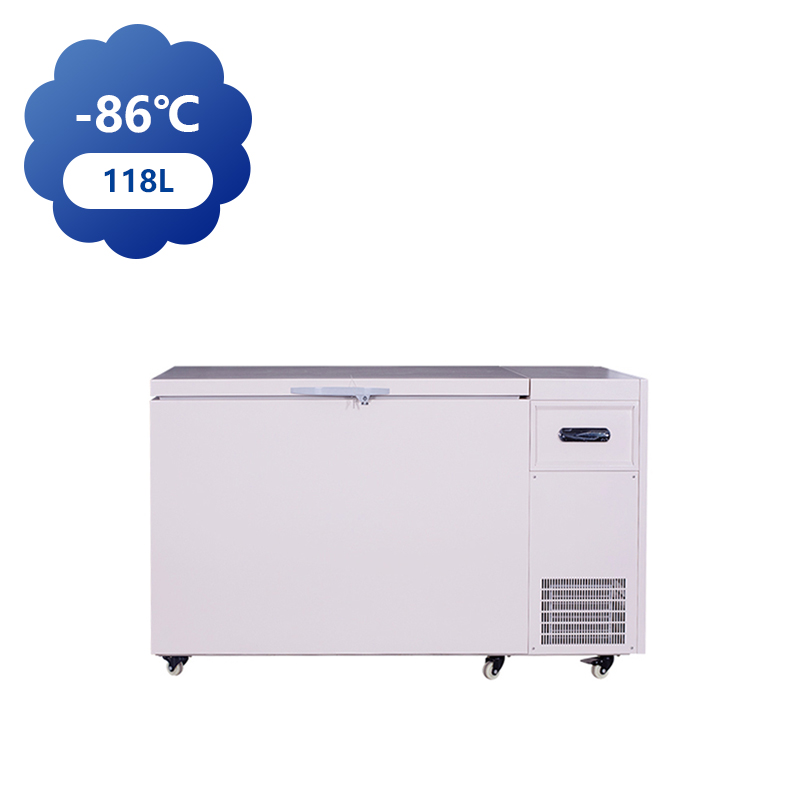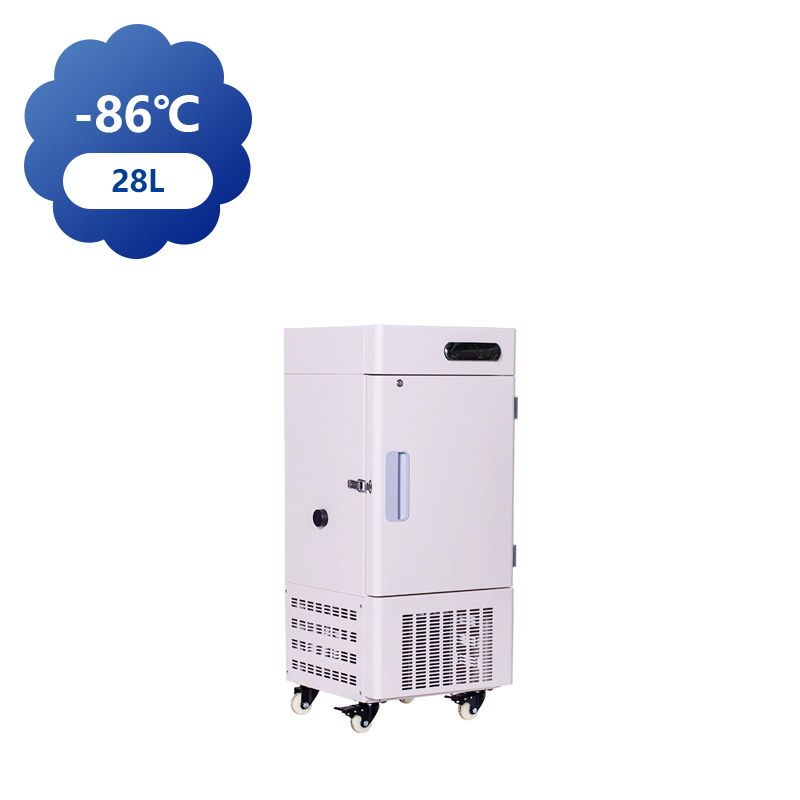You can contact to me using this form.
The PHC Medical Portable Ultra Low Freezer is a high-performance device used for the storage of biological samples, blood, vaccines, and other medical materials at low temperatures, often as low as -80°C. The freezer's ability to maintain such low temperatures is a result of a complex design and manufacturing process, including the welding of components used in the freezer's structure. The welding process is an essential part of the unit's manufacturing, as it ensures the freezer maintains airtight seals and can reliably operate at temperatures.
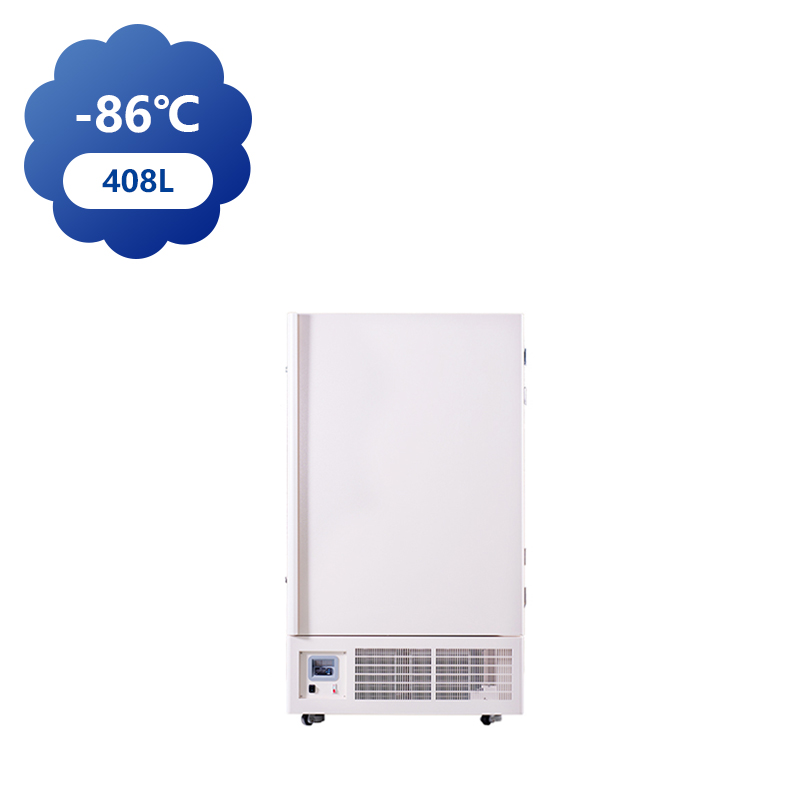
At the heart of the welding process is the use of stainless steel. This material is favored for its corrosion resistance, durability, and strength under low temperatures. The stainless steel components of the freezer, such as the outer casing, door seals, and internal components, are welded together using advanced welding techniques like TIG welding (Tungsten Inert Gas) or MIG welding (Metal Inert Gas). These methods are selected for their precision and ability to create strong, clean joints that can withstand the stresses caused by fluctuating temperatures.
The freezer's door seals are a crucial component of the welding process. These seals must be welded to ensure an airtight closure. Any air leakage could compromise the temperature stability inside the freezer. Cryogenic welding, a process specifically designed to handle low temperatures, may also be used to ensure the freezer's structural integrity. The welds must be meticulously tested for quality to avoid any defects that could affect performance.
By utilizing high-quality welding methods, PHC Medical Portable Ultra Low Freezers achieve performance, ensuring they can function efficiently for long periods while maintaining a stable internal environment.
When it comes to Low Ambient Temperature Fridge Freezers, ensuring that the unit can operate effectively in low-temperature environments is a key challenge. These freezers are designed for use in environments where ambient temperatures can fluctuate significantly, such as outdoor storage areas, remote locations, or unconditioned spaces. To ensure that these units function effectively under such conditions, the materials used in their construction must be carefully selected and processed.
One of the critical aspects of material processing in Low Ambient Temperature Fridge Freezers is the selection of insulation materials. These freezers require high-performance insulation to prevent heat ingress and maintain the desired temperature inside the unit. Vacuum insulated panels (VIPs) or polyurethane foam are often used because of their low thermal conductivity, helping to improve energy efficiency. These materials must be carefully processed to ensure consistent thickness and uniformity, which is vital for maintaining temperature control.
The exterior casing of the freezer must also be made from materials that can withstand temperature without becoming brittle or weakening. Metals like aluminum or high-strength steel are commonly used, but they must undergo surface treatments to enhance their corrosion resistance. This treatment may involve anodizing or powder coating, which protects the metal from environmental factors such as humidity, which could otherwise compromise the structural integrity of the freezer.
Furthermore, the compressor and refrigeration system in low ambient temperature fridges must be engineered to operate efficiently even in cold conditions. These components must be designed to avoid unnecessary wear and tear from temperature variations. Manufacturers may choose low-temperature-rated refrigerants and advanced compressor technology that can provide reliable cooling even when the ambient temperature is well below freezing.
Finally, testing is a critical aspect of material processing. Freezers designed for low ambient temperatures must be subjected to rigorous testing to ensure they can withstand temperature fluctuations without losing efficiency. Performance tests at both high and low ambient temperatures are conducted to assess the freezer's functionality and identify any potential issues in materials or design.



 中文简体
中文简体 English
English Français
Français عربى
عربى +86-15988502726(wechat)
+86-15988502726(wechat)